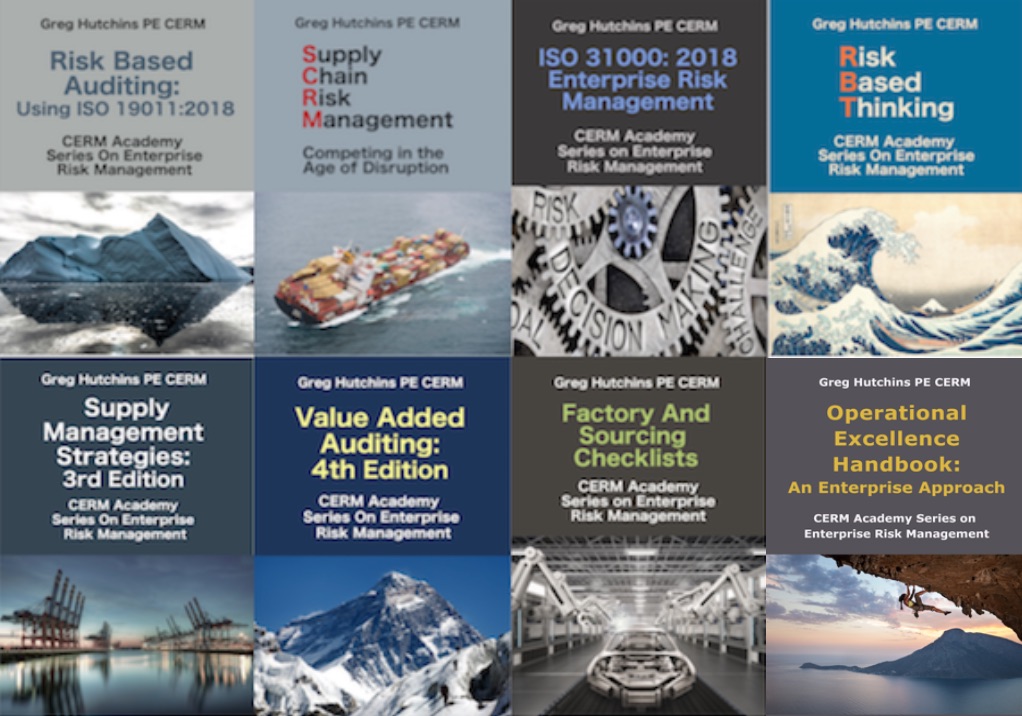 A Wall Street Journal journalist wrote the following in a front-page article a few years ago:
A Wall Street Journal journalist wrote the following in a front-page article a few years ago:
“Purchasing managers play a role as highly effective cost cutters, though that part of their job has some surprising nuance. To be sure, buyers save companies huge amounts by trolling the world for new, lower-cost sources, and this is certainly a big reason for their growing stature at many multinationals. But in an era of scarce commodities and the risks of disruptions to supply lines posed by terrorist attacks or striking dockworkers, they also have to make sure they pick dependable sources – which might mean choosing the more expensive sources just to assure no disruptions. Nothing is worse for a buyer’s reputation than to throw business to a lowball supplier who has trouble delivering.”[i]
FROM PURCHASING TO SUPPLY MANAGEMENT
Traditional purchasing and logistics functions have matured over the last five years into Supply Chain Management (SCM). Professional organizations such as the Institute of Supply Management (ISM), American Production Inventory Control Society (APICS), and Society of Manufacturing Engineers (SME) have developed professional supply management certifications. As well, many schools have rebranded their Production and Operations Management and Purchasing departments into Supply Chain Management.
FROM SUPPLY MANAGEMENT TO SUPPLY RISK MANAGEMENT
Supply managers are now getting more visibility due to supply chain risks. Changes have also occurred in the function’s authority and responsibility. Only five years ago, the top purchasing position was a director level and today’s Chief Purchasing Officer is a Senior VP or Executive VP reporting to the Chief Operating Officer or Chief Executive Officer.
SUPPLY RISK MANAGEMENT RULES
Let’s take a look at some of the changes occurring in supply risk management:
- ‘Just in case’ supply management must be balanced with ‘just in time’ principles. It takes just one hiccup in the sole source supplier to disrupt the supply chain. Supply management disruption is too great of a risk for global organizations.
- Demand management is increasing in importance resulting in suppliers being closer to demand.
- New sourcing rules will evolve as traditional sourcing rules such as single sourcing, JIT, lean, and others are scrutinized for value and applicability.
- Supply chain governance will become an emerging discipline as supply chain risks can be material and reportable.
- Risk is evolving into the primary filter in supply management decision-making.
- New ISO, FAA, NIST, and FDA standards are risk based.
- Homeland security regulations can disrupt the supply chain and require risk management solutions.
- Customers are mandating sustainability controls and even carbon trading of their suppliers, which increase uncertainty.
- ISO 9001 will evolve into a risk management standard.
- PDCA will involve into Proactivity, Prevention, Prediction, and Preemption™.
- Risk management is the logical evolution of quality management.
- Toyota and ‘Made in China’ are losing their quality cachet.
- ‘Made in USA’ is reestablishing its brand equity.
- U.S. auto industry and manufacturing are resurging mainly due to smart risk management.
Bio:
Greg Hutchins PE and CERM (503.233.101 & GregH@QualityPlusEngineering.com) is the founder of:
CERMAcademy.com
800Compete.com
QualityPlusEngineering.com
WorkingIt.com
He is the evangelist behind Future of Quality: Risk®. He is currently working on the Future of Work and machine learning projects.
He is a frequent speaker and expert on Supply Chain Risk Management and cyber security. His current books available on all platform are shown below:
